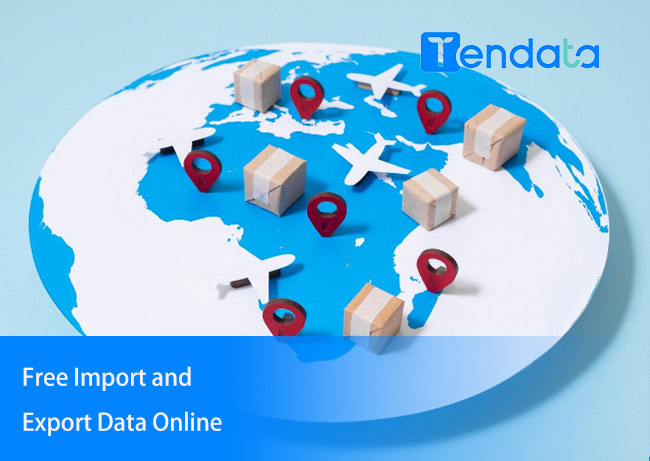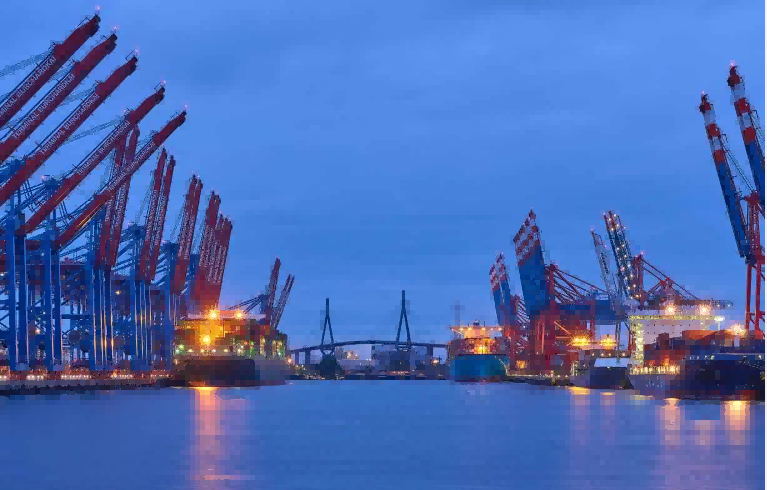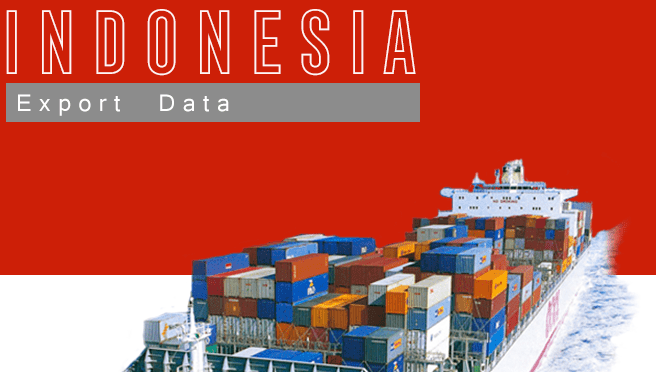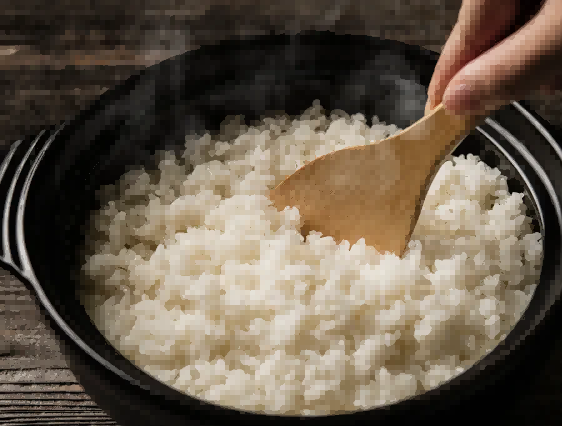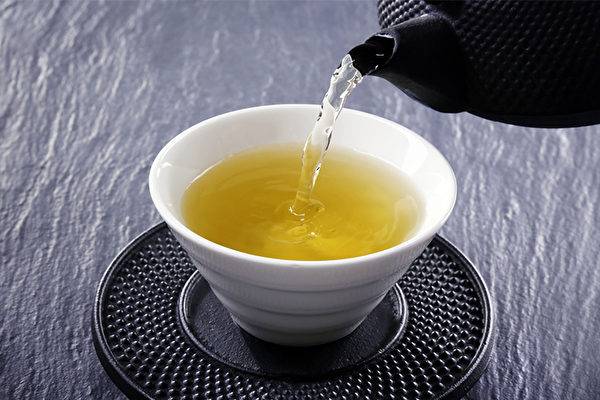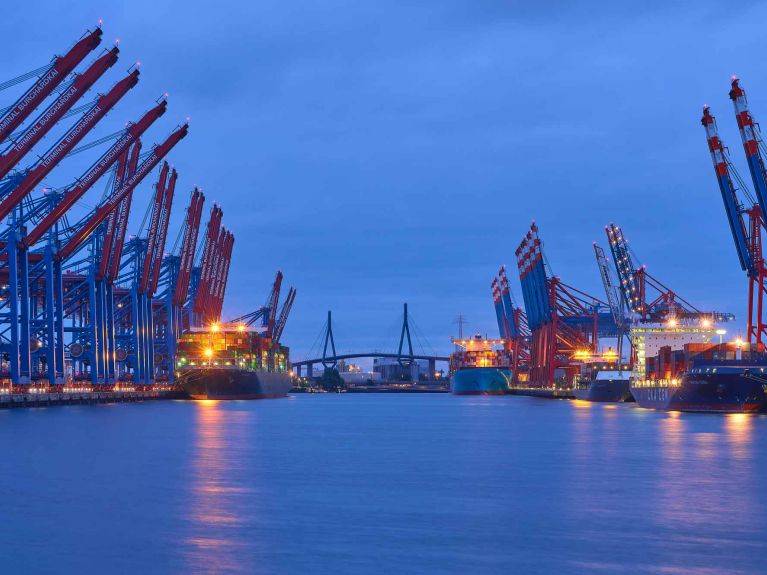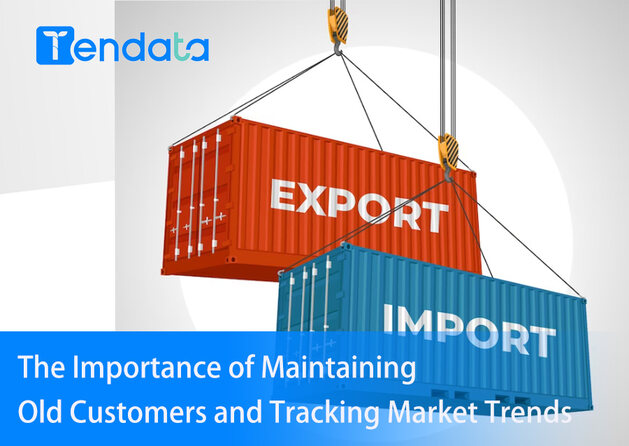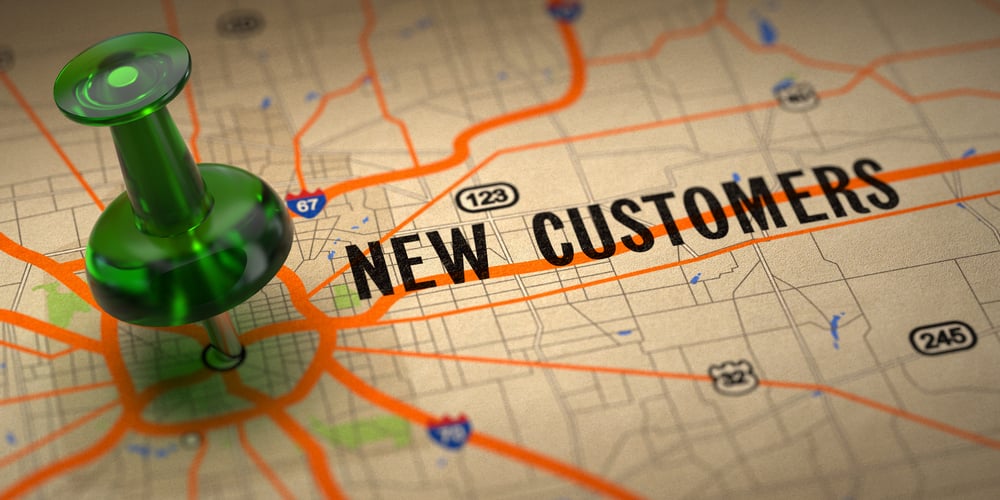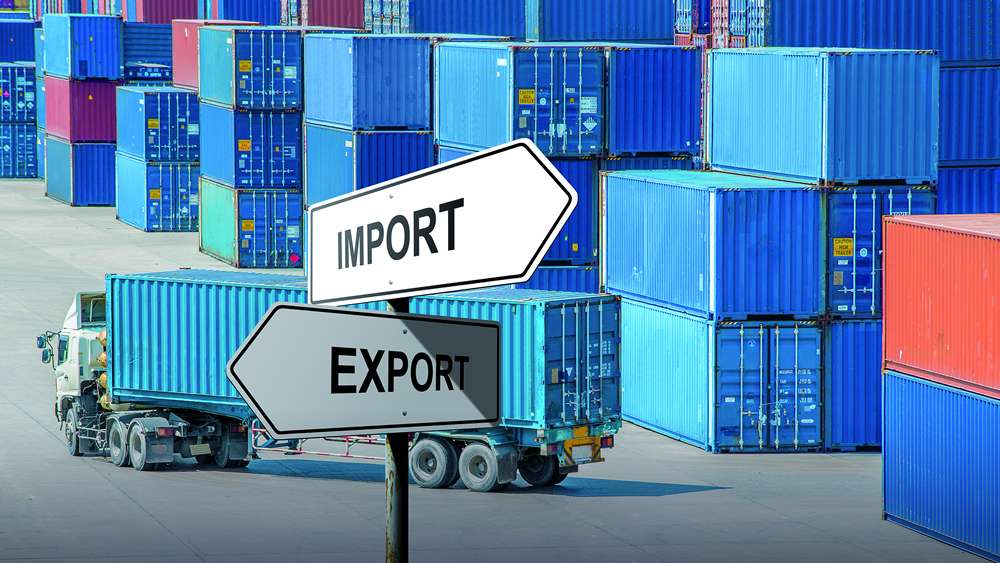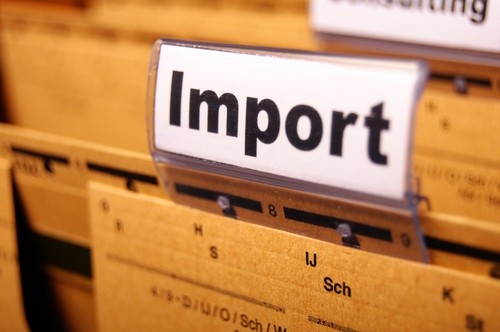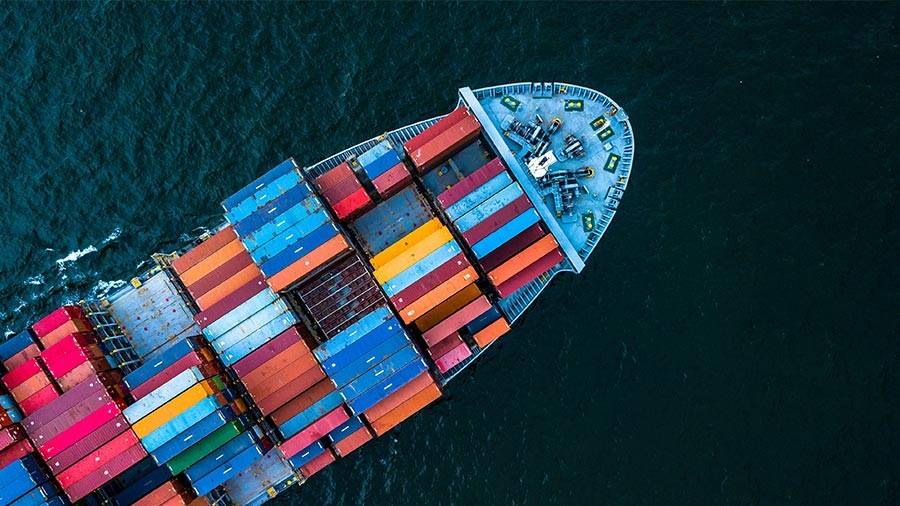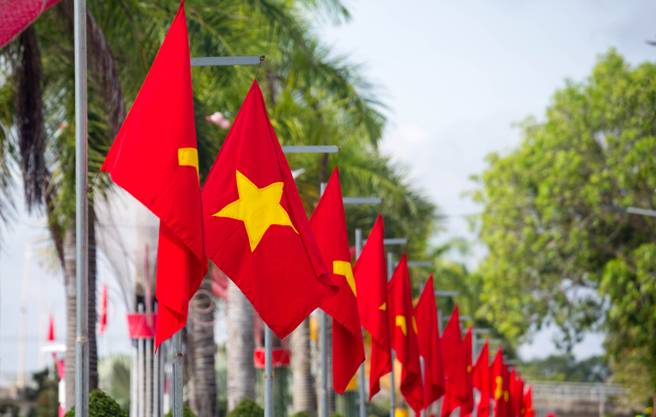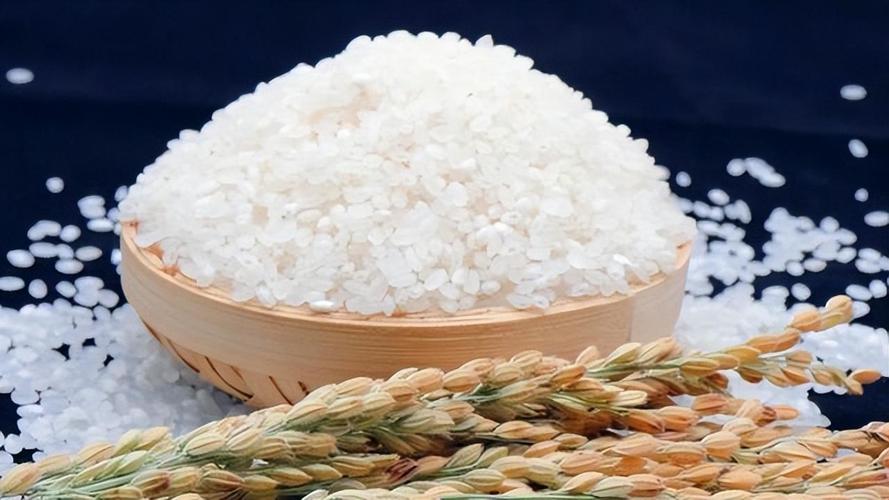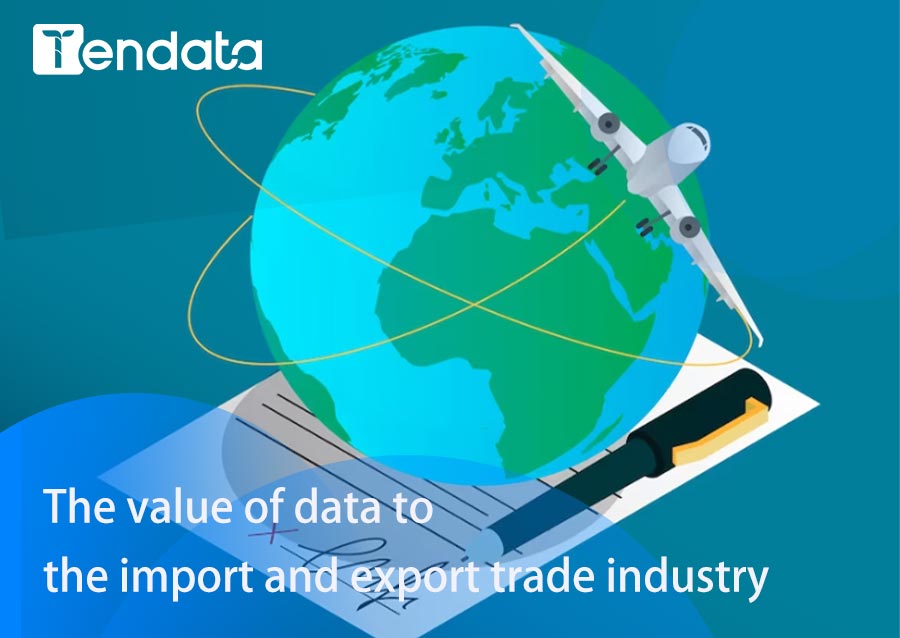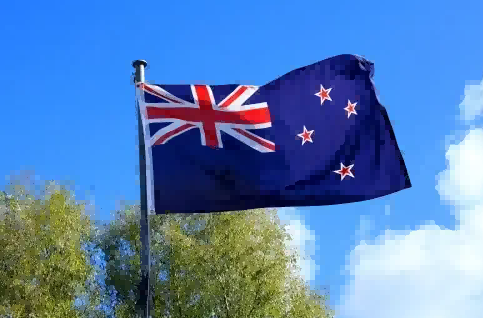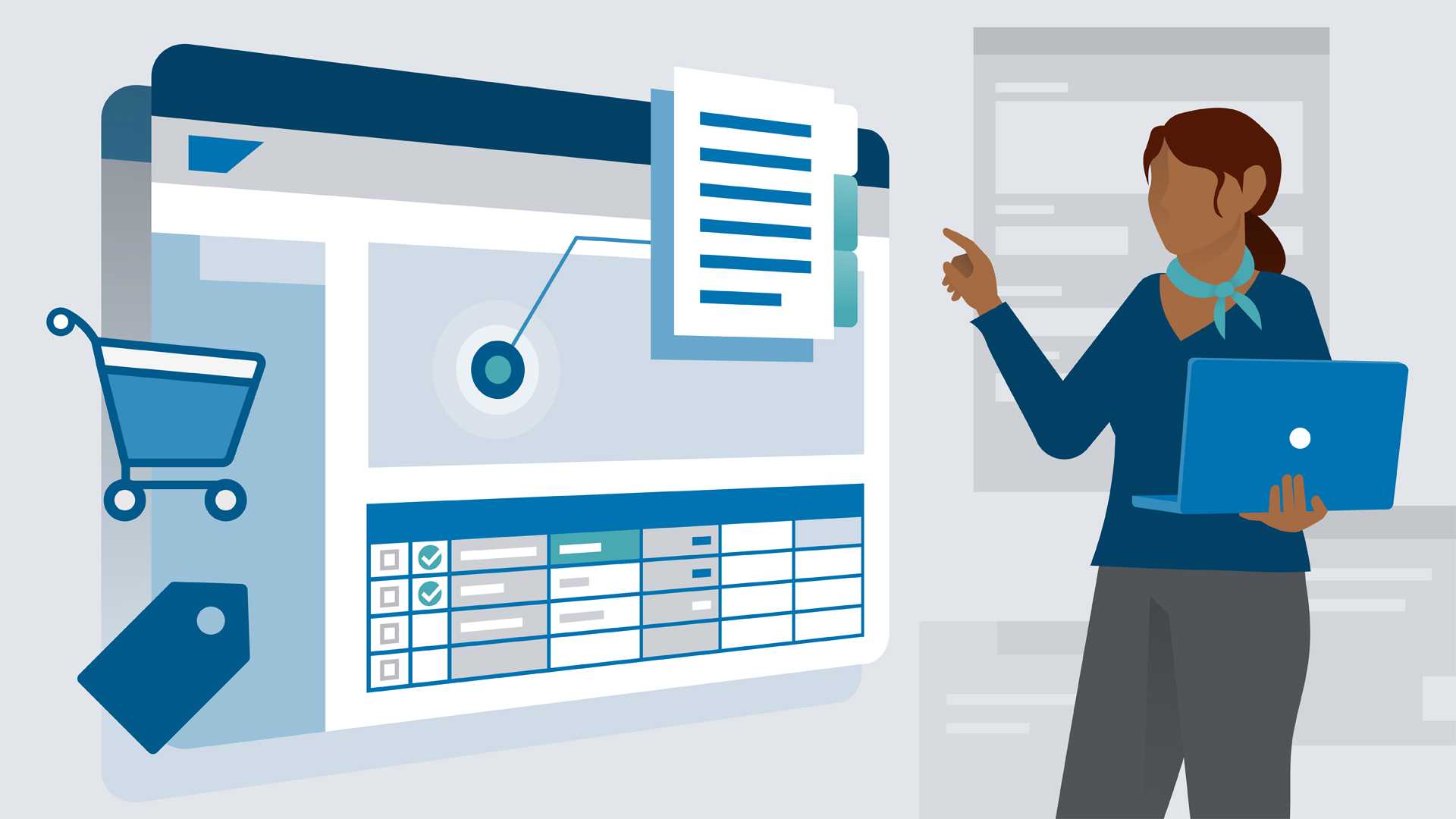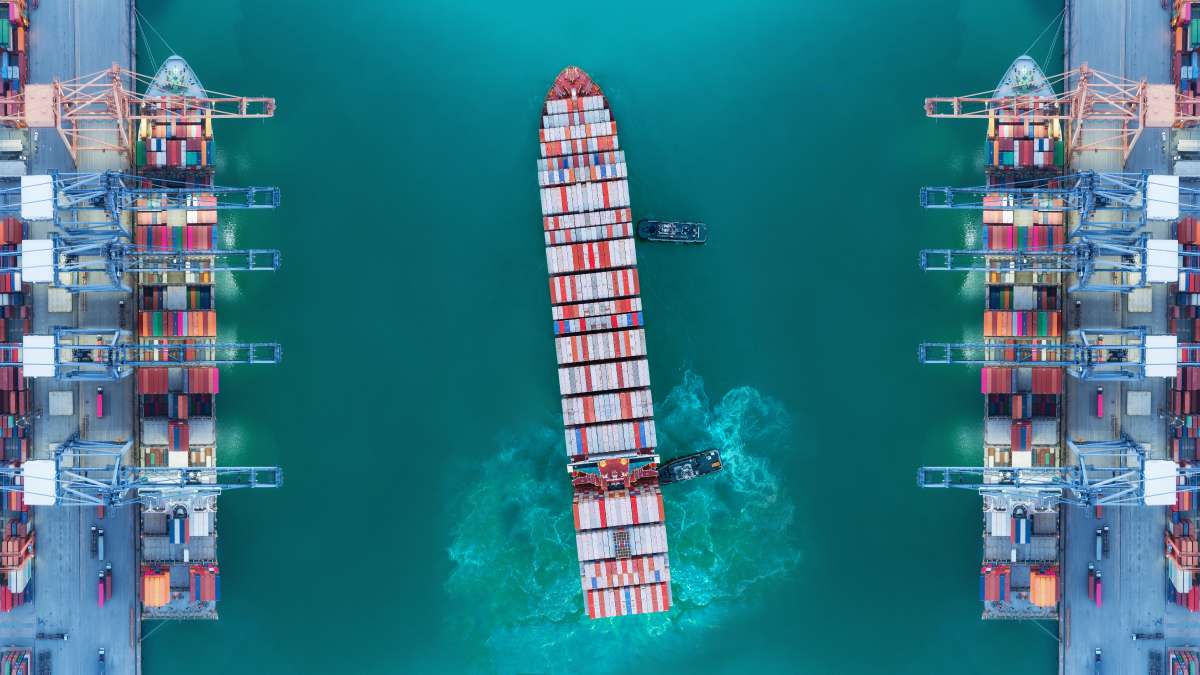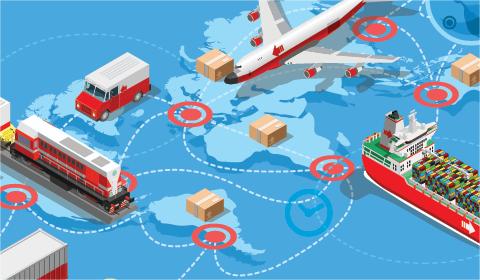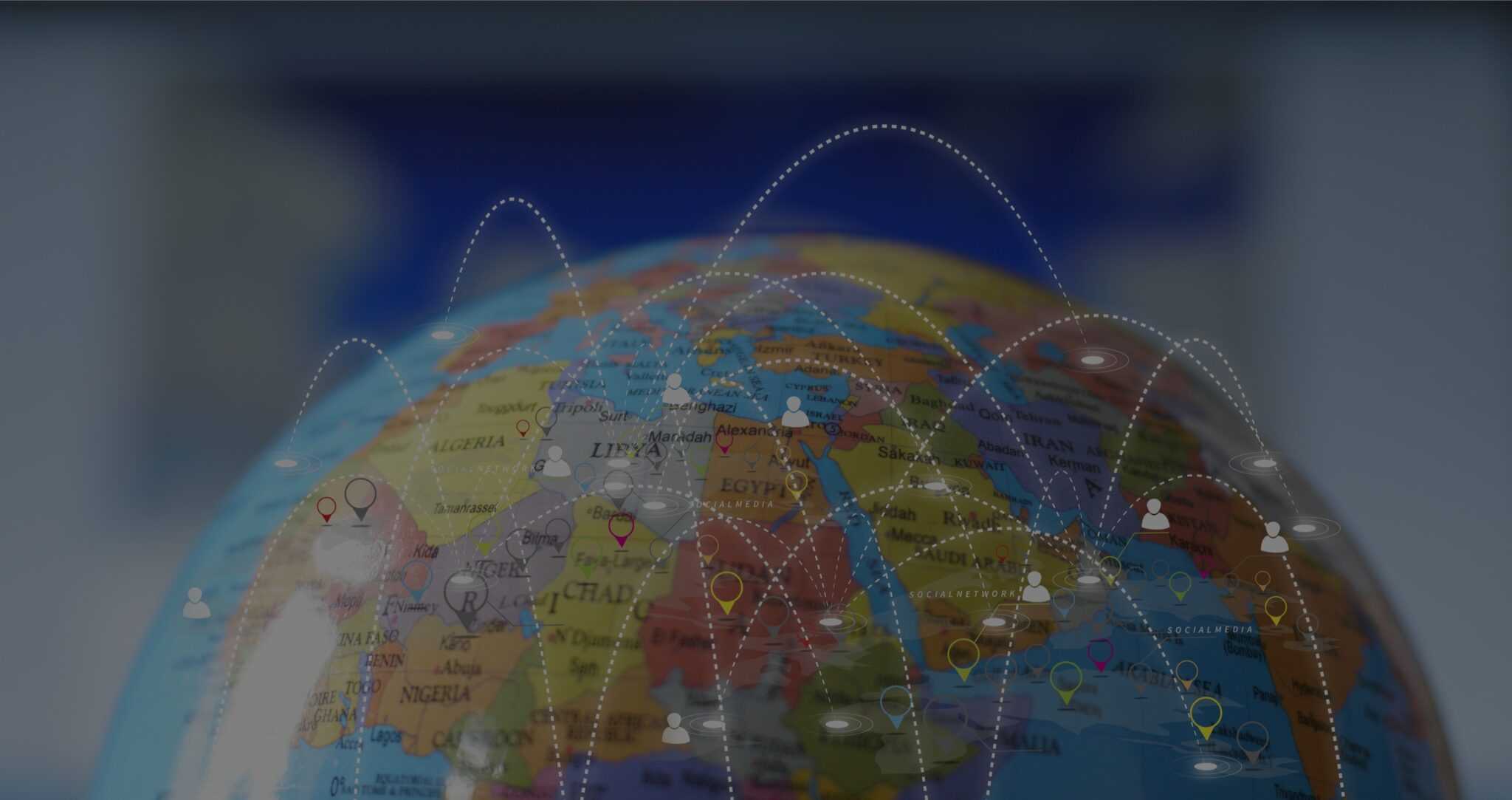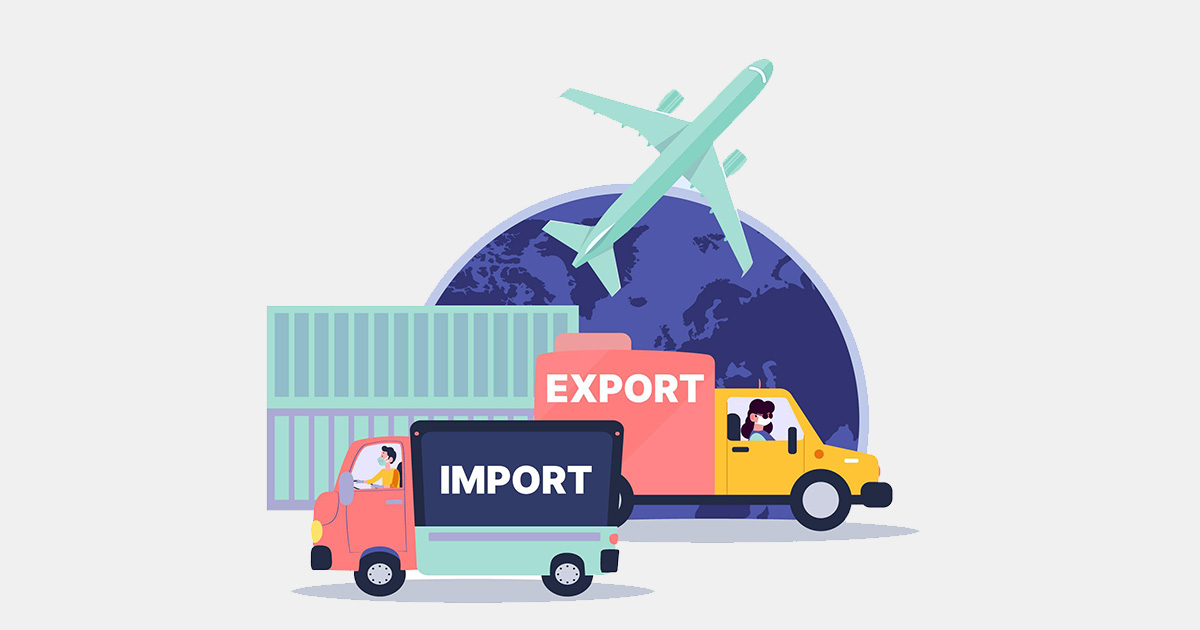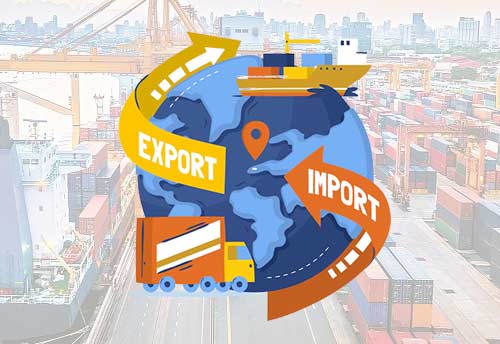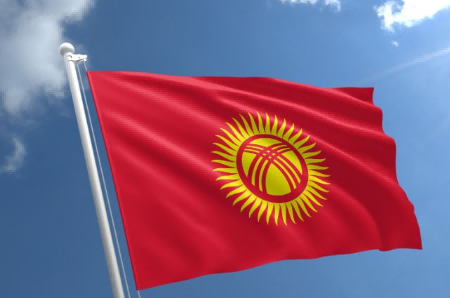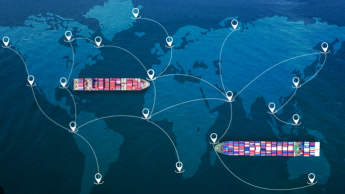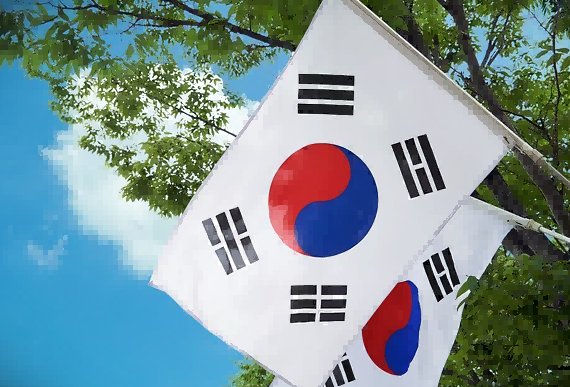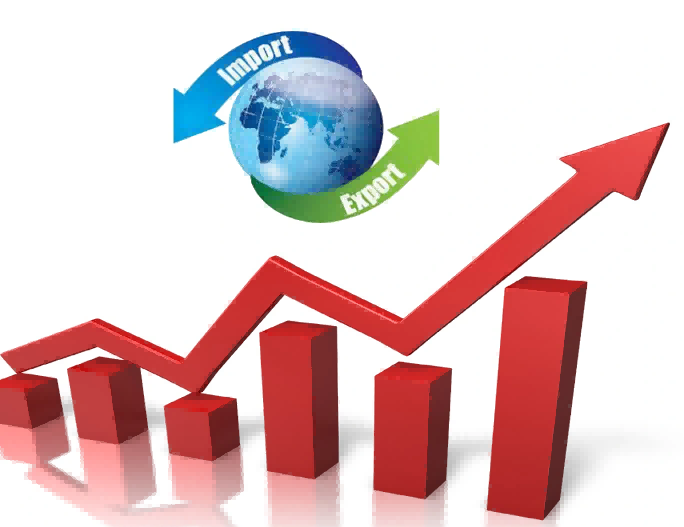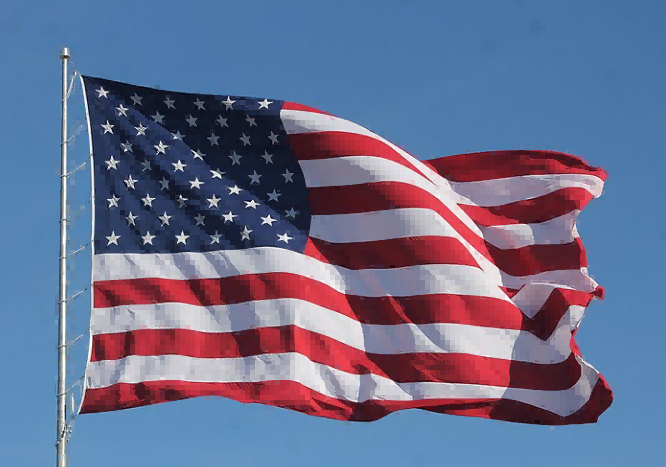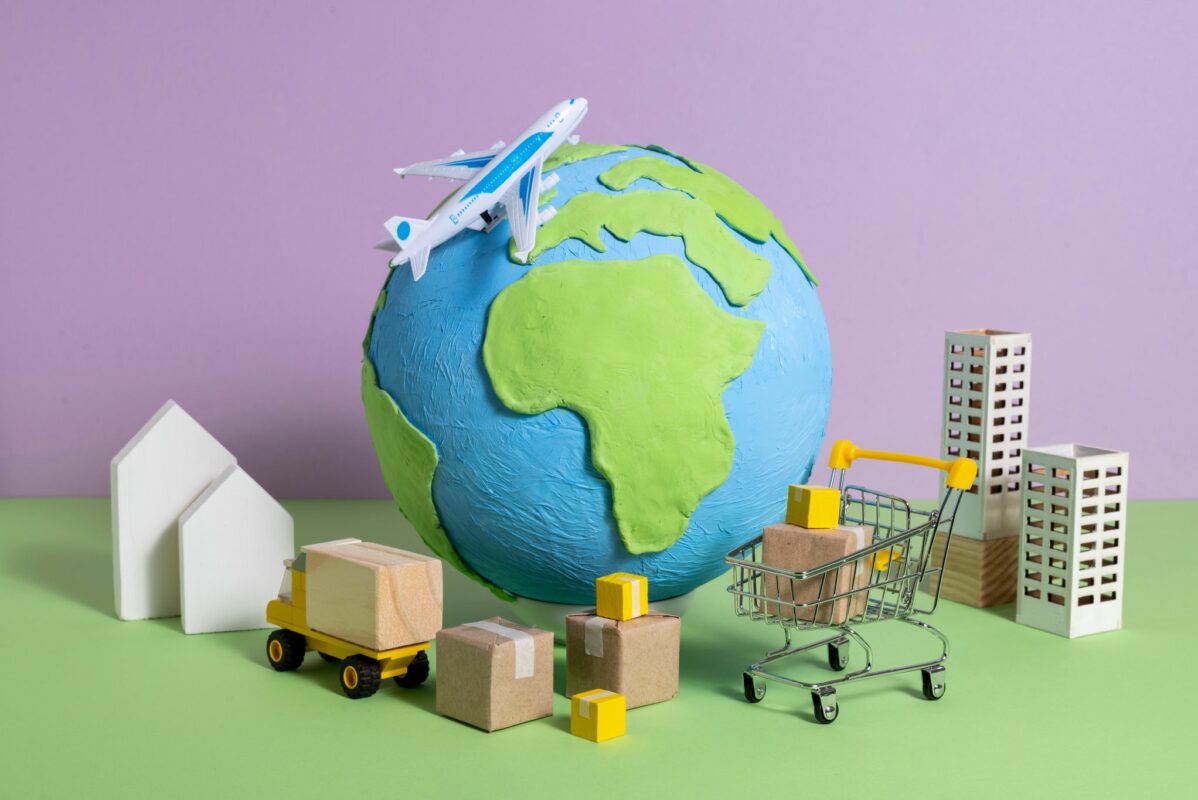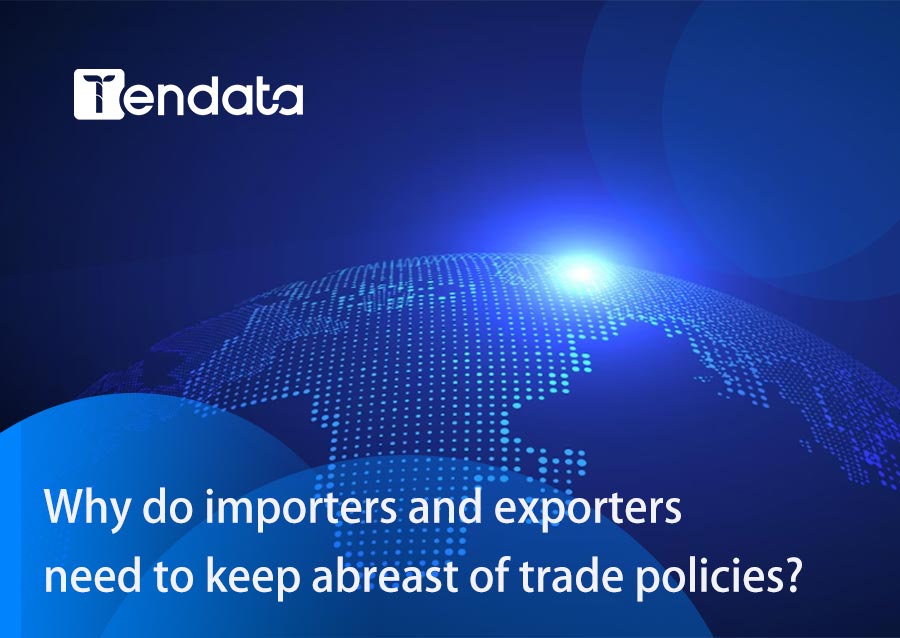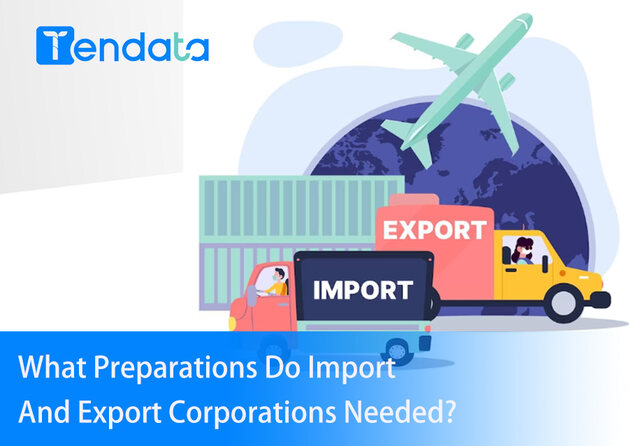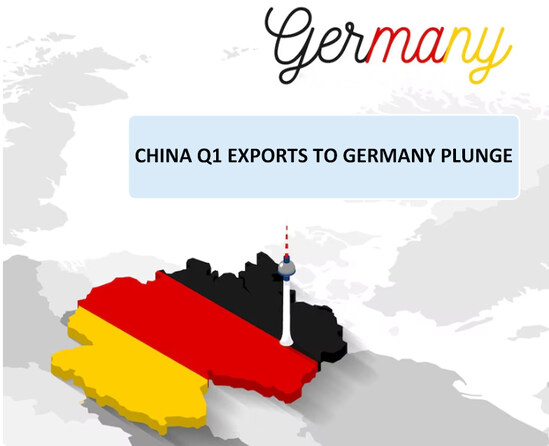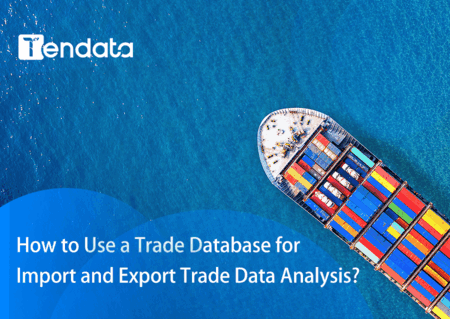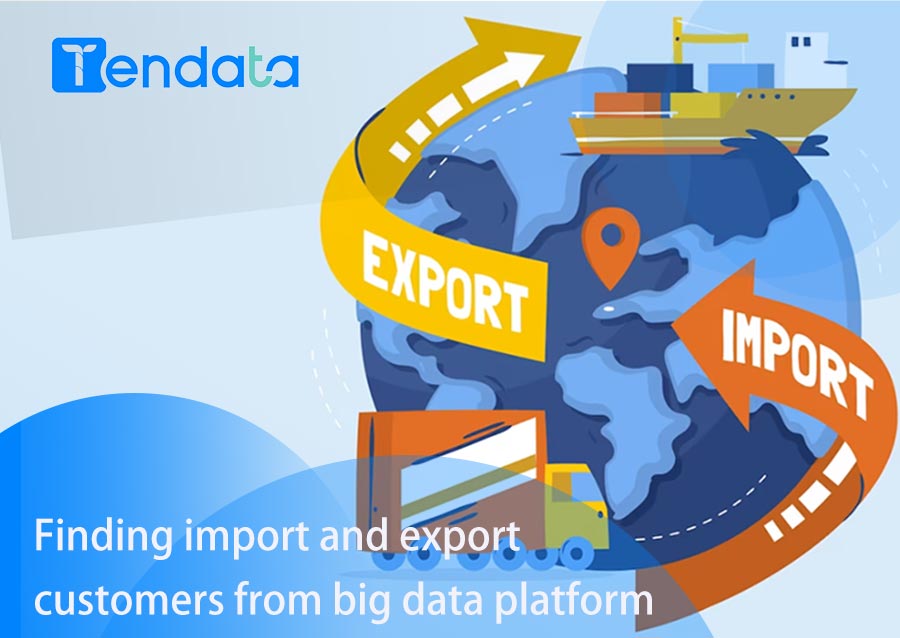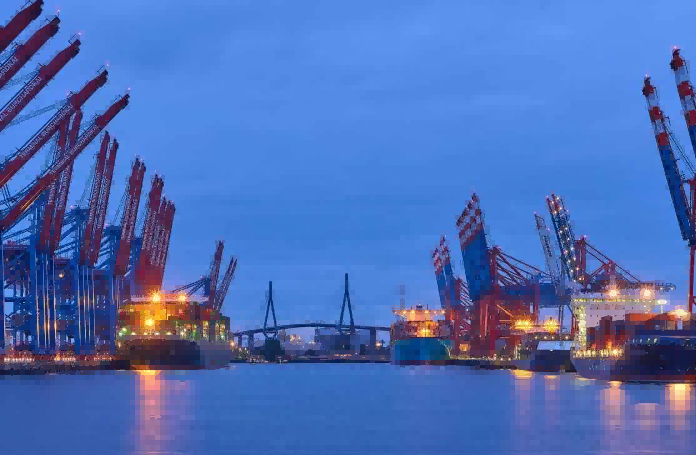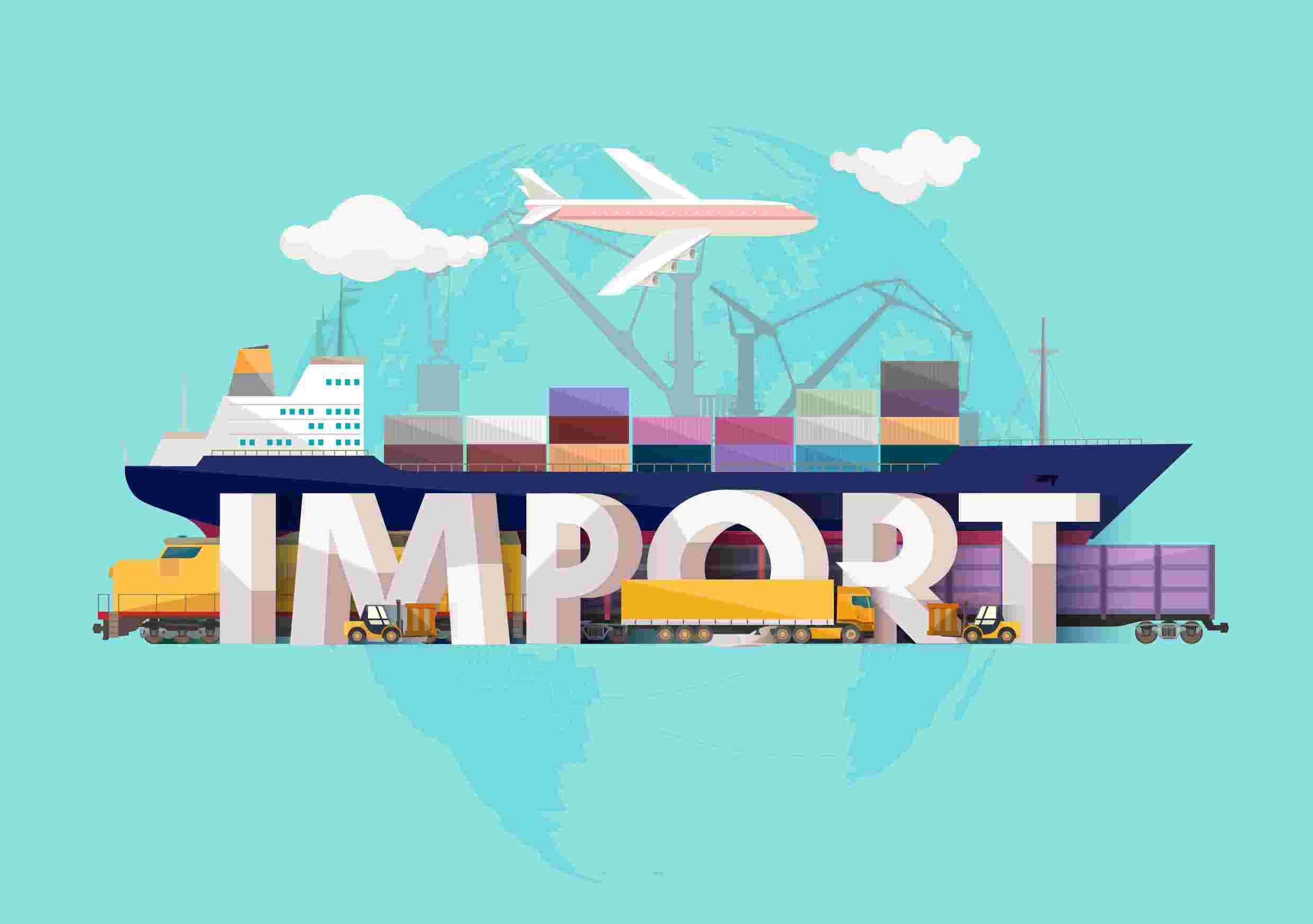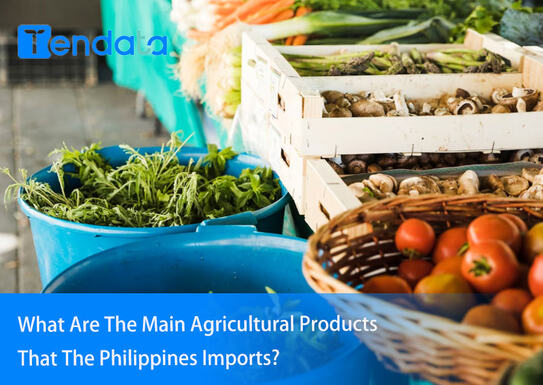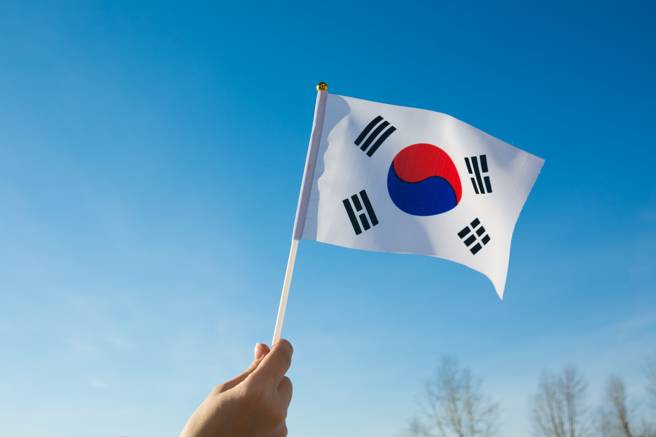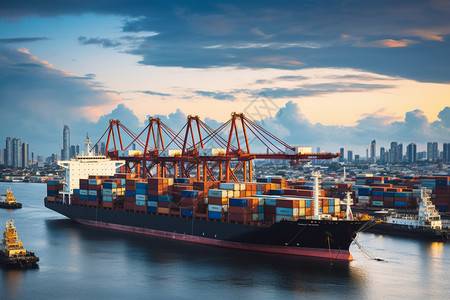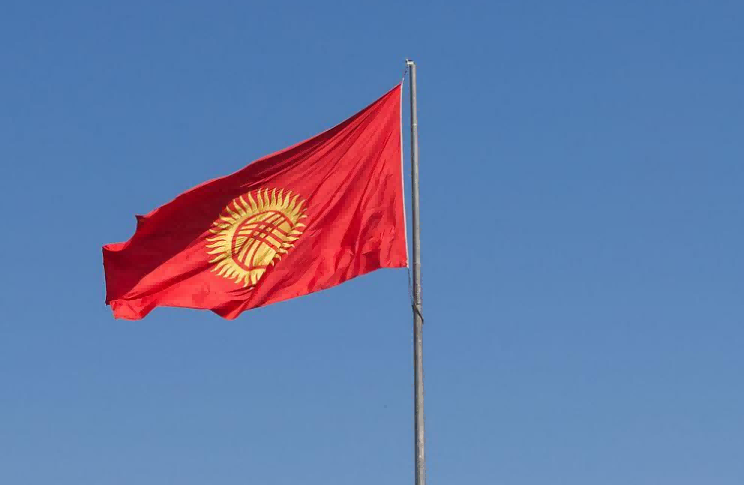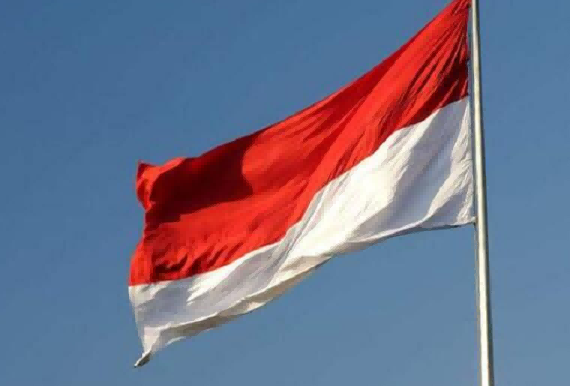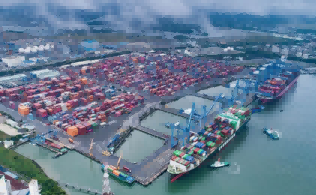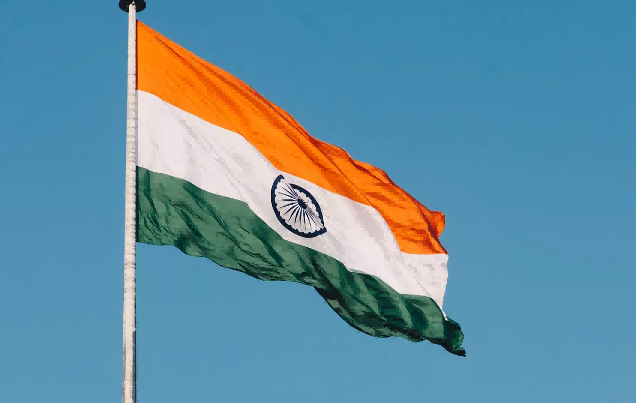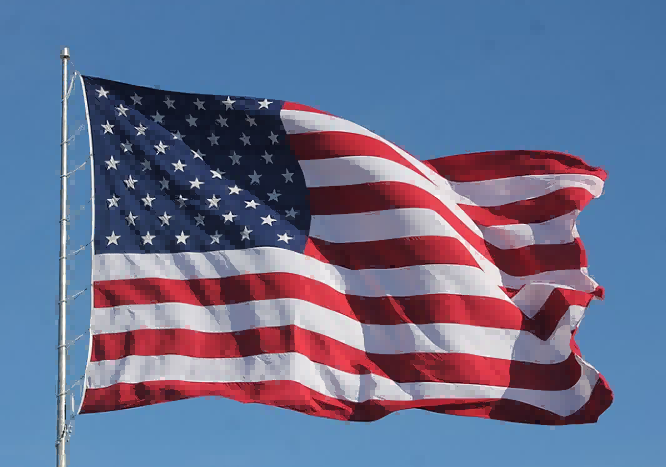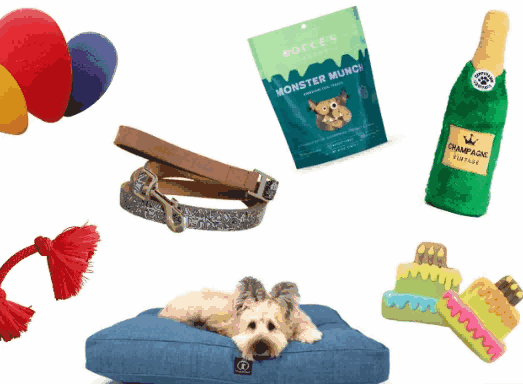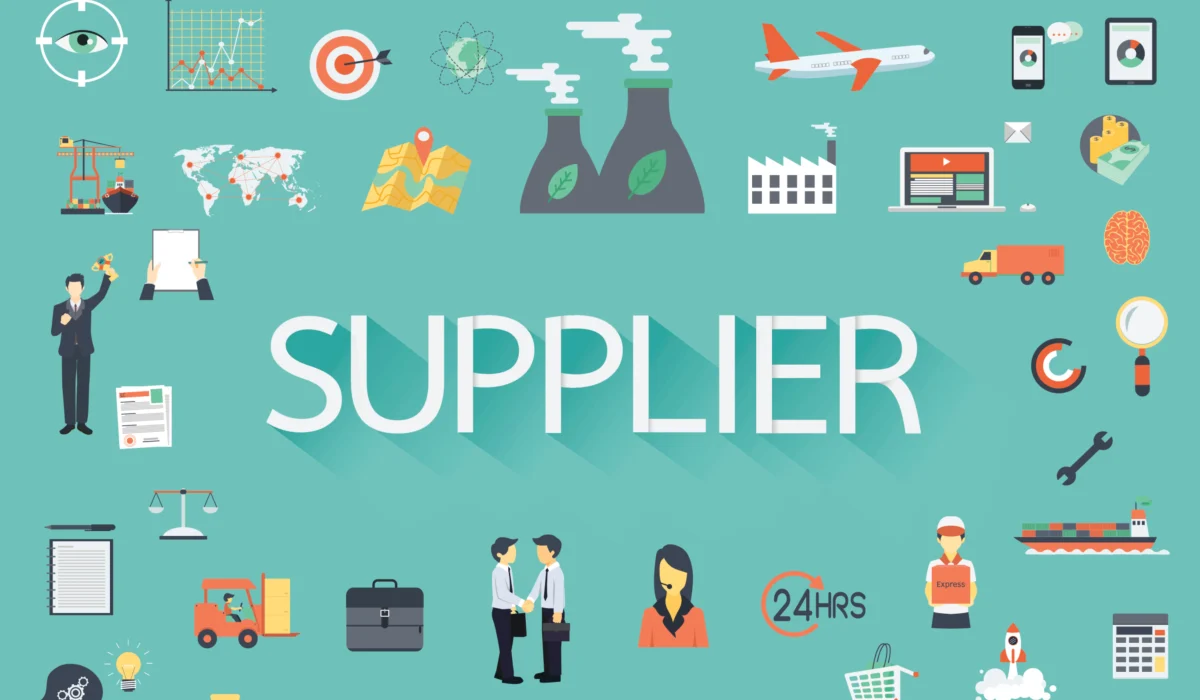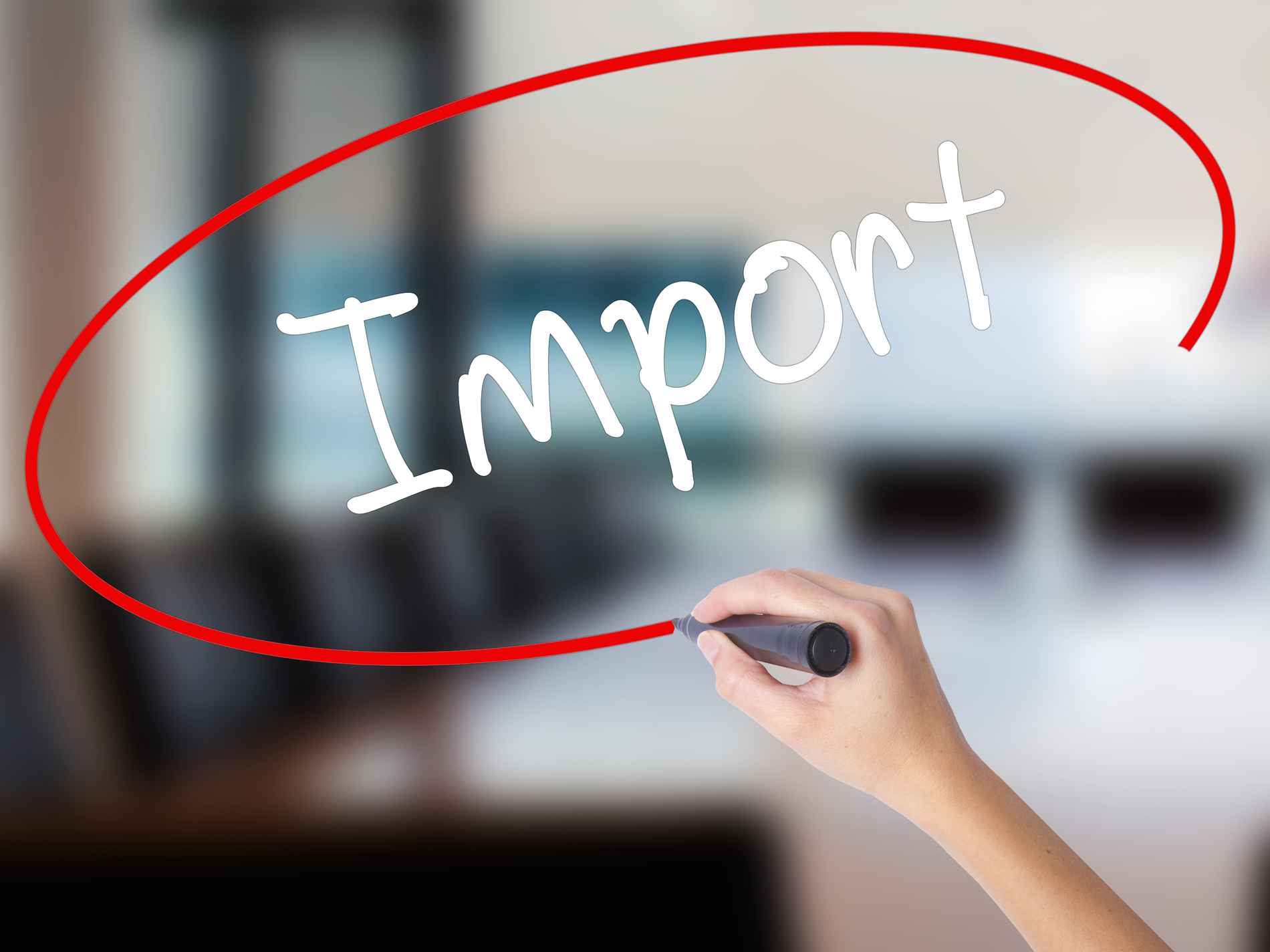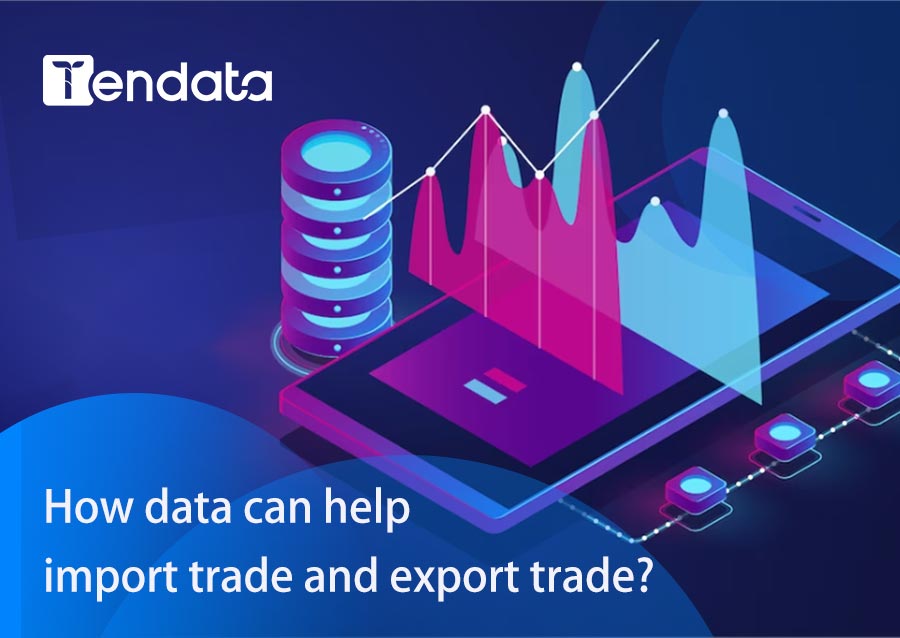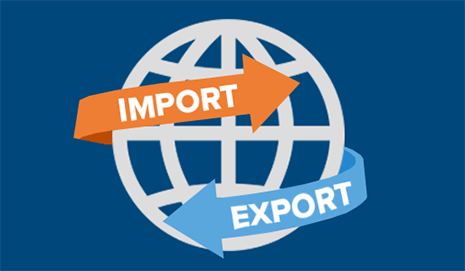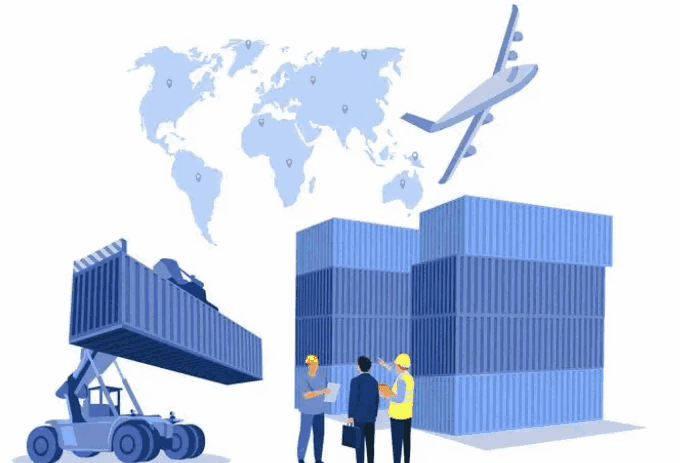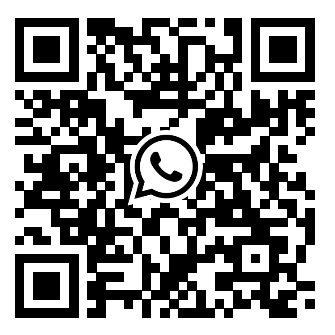 Market Insights
Market Insights
 2025-08-06
2025-08-06
Vietnam is one of the fastest-growing import markets in Southeast Asia. In 2024 alone, Vietnam imported over $368 billion worth of goods, including machinery, electronics, raw materials, consumer goods, and agricultural products. How do you actually find and contact Vietnam importers—especially if you’re not based locally? In this guide, you’ll learn proven, step-by-step methods to identify potential buyers in Vietnam and initiate successful business communication.

1. Use Vietnam Customs Data to Find Verified Importers
One of the most reliable ways to find real importers in Vietnam is through customs trade data. These databases track import transactions, listing:
Importer name and address
Product description and HS code
Quantity and price
Country of origin
Shipping dates and ports
🔍 Where to Access Vietnam Import Data:
Tendata – Offers detailed Vietnam customs records with company contact info
ImportGenius – Focuses on shipment records and importer trends
Panjiva (S&P Global) – Provides global trade intelligence and buyer history
With these tools, you can filter by product, industry, or HS code and download a list of Vietnamese companies that consistently import your product category.
📌 Pro Tip:
Look for repeat importers—those with monthly or quarterly shipments. These are usually reliable, high-volume buyers worth contacting.
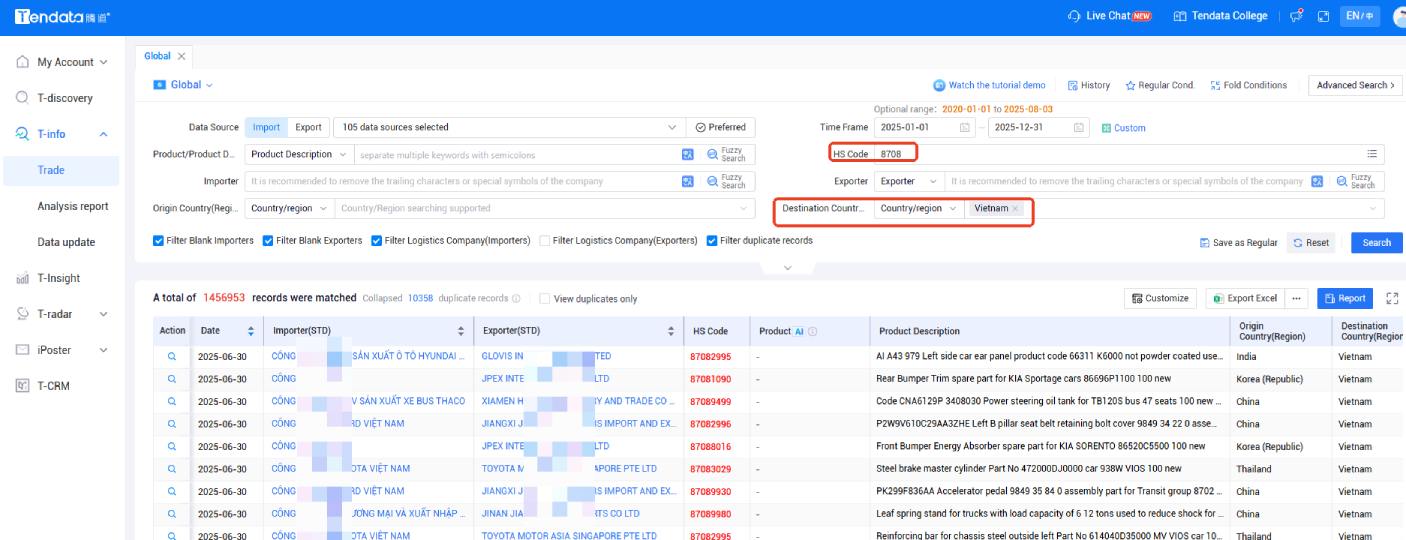
2. Explore Vietnam-Specific B2B Platforms
Beyond global marketplaces like Alibaba, Vietnam has its own trusted B2B directories and sourcing platforms where local buyers and wholesalers list product inquiries.
Vietnam Yellow Pages (www.yellowpages.vn)
Vietnam Export (vietnamexport.com)
VietnamTradeFair.com
VCCI (Vietnam Chamber of Commerce & Industry)
These platforms often include contact details of importers, company profiles, and even tenders for government or business procurement.
💡 Make sure to list your company on B2B platforms with localized SEO (e.g., include Vietnamese keywords like “nhà nhập khẩu” = importer).
>>>> Contact Vietnam Importers <<<<
3. Contact Importers via LinkedIn or Company Websites
Once you’ve identified importer company names, go directly to LinkedIn or Google and search for:
“[Company Name] + Vietnam”
“[Company Name] Import Manager”
“[Industry Keyword] + Vietnam Importer”
Then check for:
LinkedIn profiles of decision-makers (Purchasing Manager, Sourcing Head, etc.)
Company websites with email addresses or contact forms
Verified company contact info via WHOIS or business registry tools
Example:
If your target buyer is “Thanh Cong Trading Co., Ltd,” a Google search like:
"Thanh Cong Trading Vietnam importer contact email" can reveal the website or listing with email/phone.

4. Craft a Strong, Professional Outreach Email
Once you have their contact information, your first impression matters. A personalized, well-written introduction email increases your chances of getting a reply.
Sample Structure:
Subject: Reliable [Product] Supplier – Partnership Opportunity
Body:I’m [Your Name], Export Manager at [Your Company], a [Country]-based manufacturer specializing in [Product/Category].
We noticed that your company frequently imports [Product], and I believe our high-quality, competitively priced goods could be a great fit for your sourcing needs.
I’ve attached our product catalog and certifications for your review. We are already working with clients in [Other Countries], and would love to explore potential cooperation with you.
Please let me know if you’d like samples, pricing, or more details.
Best regards,
[Your Full Name]
[Company Name]
[WhatsApp/Phone] | [Email] | [Website]
✅ Tips:
Keep it clear and concise
Use bullet points if needed
Add attachments (PDF catalog, price sheet)
Include your WhatsApp or Zalo (popular in Vietnam) for faster replies
>>>> Contact Vietnam Importers <<<<
5. Attend Vietnam Trade Fairs and Business Events
Vietnam hosts dozens of import/export-related trade shows every year, covering sectors like food, textiles, construction, electronics, and machinery.
Top Trade Events in Vietnam:
Vietnam Expo (Hanoi & Ho Chi Minh) – General trade
Vietfood & Beverage
Vietnam Textile & Garment Expo
Vietnam AutoExpo
Vietbuild (Construction)
Even if you can’t attend in person, many fairs offer online exhibitor directories or matchmaking services to connect with importers.
📲 Tip: Use websites like 10times.com or vietrade.gov.vn to browse upcoming fairs and request buyer lists.
6. Leverage Local Business Directories and Government Support
You can also contact Vietnamese trade associations and government agencies that support import/export activities.
Resources to Check:
Vietnam Trade Promotion Agency (VIETRADE)
Vietnam Chamber of Commerce and Industry (VCCI)
Vietnam Association of Seafood Exporters and Producers (VASEP)
Industry-specific unions (Textile, Wood, Machinery, etc.)
Many of them publish member lists or import directories and can offer local support, including language translation and legal guidelines.
>>>> Contact Vietnam Importers <<<<
7. Be Aware of Business Culture in Vietnam
To build trust with Vietnamese importers, it helps to understand local expectations:
Communication is polite, formal, and relationship-driven
Vietnamese buyers often use Zalo or WhatsApp more than email
Be responsive and follow up regularly, especially if you’ve sent samples or quotes
🚫 Don’t expect instant decisions—Vietnamese companies may take time to review and compare suppliers before replying.
Conclusion
Contacting Vietnam importers is no longer about sending mass emails and hoping for the best. With the right tools—from customs trade data and B2B platforms, to LinkedIn outreach and email marketing—you can directly connect with verified buyers and grow your export business.
Start by identifying key importers in your product category, research their contact info, and craft a tailored message that emphasizes trust, quality, and long-term cooperation.
Category
Leave Message for Demo Request or Questions


 T-info
T-info T-discovery
T-discovery

 My
Tendata
My
Tendata Market Analysis
Market Analysis Customer
Development
Customer
Development Competitor
Monitoring
Competitor
Monitoring Customer Relationship
Customer Relationship